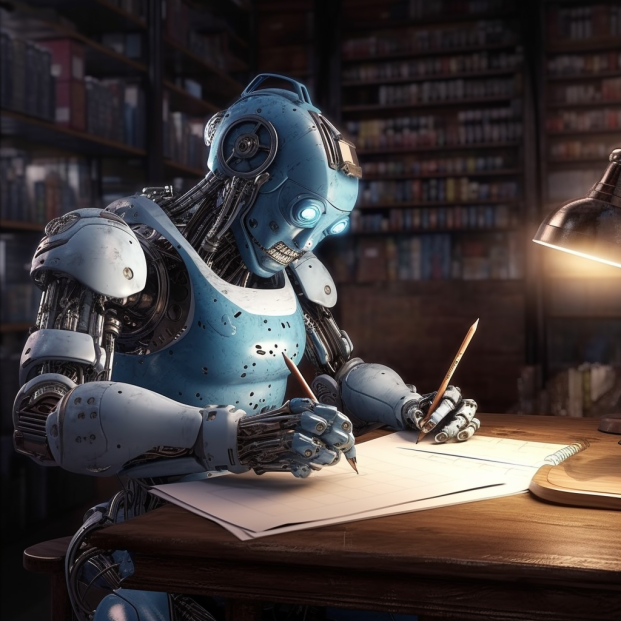Analyzing The Role Of Ai In Reducing Human Labor Costs
Artificial Intelligence (AI) has been a hot topic in the tech world for years, and it’s easy to understand why. AI is being used across multiple industries to automate processes that would otherwise require human labor, which can help reduce costs significantly when done right. In this blog post, we’ll take an in-depth look at how AI is helping businesses save money on labor costs and what role it plays in the modern workplace.
Let’s consider some of the ways companies have already implemented artificial intelligence into their operations: from chatbots answering customer service inquiries 24/7 to automated software programs sorting through mountains of data faster than any person could ever hope to do manually. All these examples point towards one common concept – automation of routine tasks means less time wasted by employees doing mundane work and more overall cost savings for employers over time due mainly to reduced salaries or elimination altogether of job positions previously occupied by humans who are no longer needed because those tasks have been taken over with machines programmed using AI technology.
The advantages don’t stop there, though; increased productivity levels resulting from automating certain business practices also lead directly back into cost reduction since fewer resources are required per unit production output – something that not only saves money but also helps increase profits while reducing overhead expenses associated with traditional manual labor options such as hiring staff or contracting out services like web development, etc. Additionally, having access to accurate real-time analytics derived solely via machine learning algorithms enables decision-makers within organizations to make informed decisions quickly without relying heavily on subjective opinions based on limited information sources, thus increasing speed & accuracy rate at the same level, if not better then any human counterparts involved prior too.
Furthermore, introducing robots powered by Artificial Intelligent systems into workplaces allows them to create new jobs rather than eliminating existing ones, allowing people to focus their attention on complex problem-solving activities instead of spending countless hours repeating the same task day after day leading up higher creativity rates among workers plus improved employee satisfaction/motivation contributing additional factors toward decreasing operational expenditures over time. Nowadays, many organizations today use cutting edge technologies, including deep learning frameworks along side sophisticated Machine Learning models, so they can build powerful predictive analysis tools capable of predicting future outcomes depending upon current input parameters provided hence further improving efficiency levels throughout organization infrastructure ultimately driving down operating budgets even lower compared before implementation began initially …
To conclude, adopting Artificial Intelligent techniques offers excellent potential opportunities for both small-scale companies and large corporations alike looking to reduce human labor expense related issues while still maintaining quality standards expected customers clients end consumers receive well, providing internal teams members extra resources need complete projects successfully and efficiently possible therefore giving firms competitive advantage market place all around the globe.






